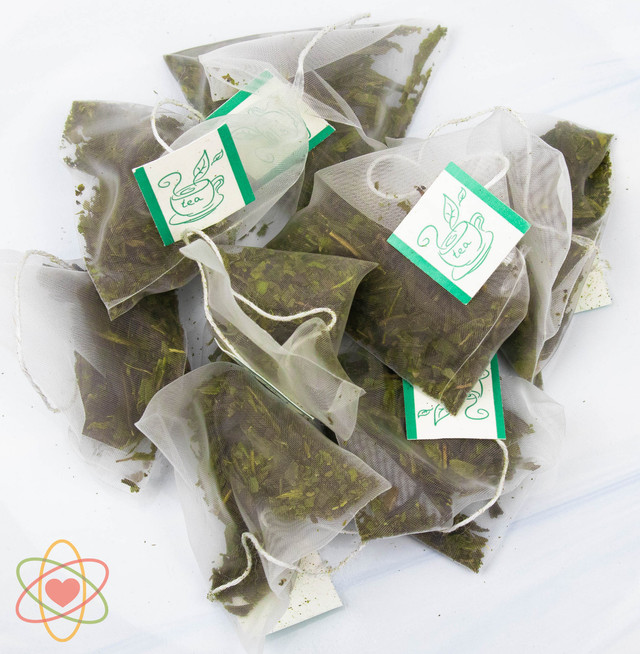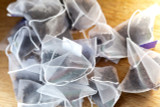

Sencha is known for its refreshing and vibrant flavour profile. It has a distinctly grassy, vegetal taste with a hint of oceanic umami (savouriness) and a clean, slightly sweet finish. If brewed with water that's too hot, it can become bitter.
They are prepared very differently. Sencha is an infusion where you steep the whole tea leaves in hot water and then remove them. Matcha is a fine powder of stone-ground tea leaves that you whisk into water and consume entirely.
Using boiling water will 'scorch' the delicate green tea leaves. This releases an excess of tannins, which results in a harsh, bitter, and astringent brew. Using cooler water (75-85°C) extracts the sweet and savoury notes for a balanced, pleasant cup.
Sencha contains moderate caffeine levels, typically more than a decaffeinated tea but less than a cup of black tea or coffee. Green tea also contains L-theanine, an amino acid that can promote a feeling of calm alertness, balancing the effects of caffeine.
In Japanese, 'Sencha' (煎茶) translates to 'brewed tea' or 'infused tea'. This name distinguishes it from other teas like Matcha (ground tea) and Bancha (a later-harvest tea).
The main difference is the processing method. Japanese teas like Sencha are typically steamed to stop oxidation, which preserves a vibrant green colour and a fresh, grassy, umami flavour. Chinese green teas are often pan-fired, which gives them a toastier, earthier, and less vegetal taste.
